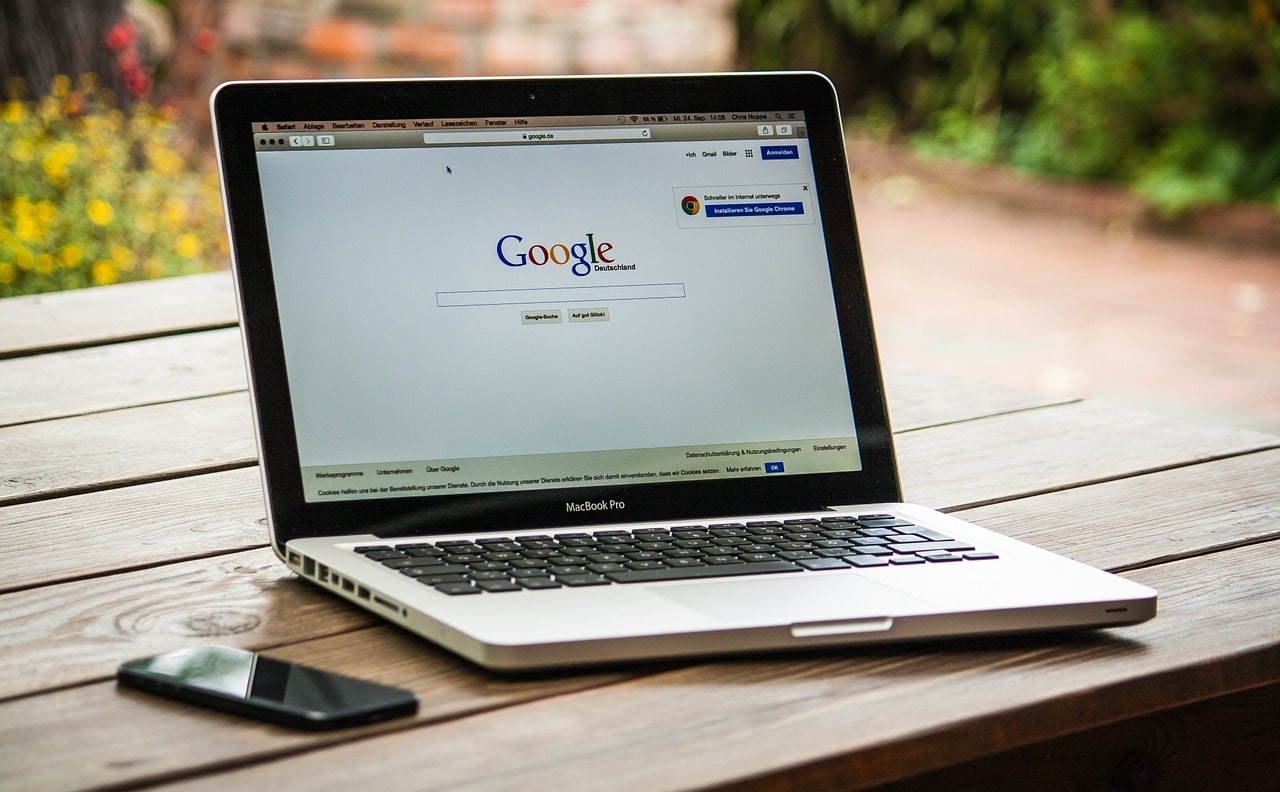While SEO is a powerful way to get your brand recognized and renowned in your sector, it can get very frustrating at the beginning and the building stages. Even after you have begun to witness some improvements with the performance of your website and the amount of traffic, you can still be overwhelmed by the whole process of optimization.
A lot of factors can toughen your SEO experience, and among them, common SEO mistakes. Experts and beginners keep falling into different SEO mistakes, sometimes due to ignorance, but other times, in pursuit of excellence in optimization. Here are eight SEO errors that are compromising your Google rankings.
IMAGE: PIXABAY
1. Keyword Issues
Keywords are a necessary practice in the optimization process, and by far, the easiest spot for SEO mistakes. Webmasters get caught up in the idea of luring their target audiences to their content through targeted keywords. However, in the process, it is very likely to err by overusing keywords in one piece of information, which is called keyword stuffing. Keyword stuffing renders your copy redundant and somewhat devoid of in-depth research, which will not only push your audience away but also deteriorate your Google rankings.
Another issue is poor keyword research so that for those search terms, your site does not even show up in search results. Your research should be etched in your sector, location, brand essence, relevance, search frequency, among other factors.
2. Unoriginal Content
It is one thing to create high-quality content, but it is a whole other thing to keep it unique and original. There are millions of websites on the internet, some of which are particular in your industry, not to mention, perform better than you.
If people can find the content, you share on other platforms that have a higher domain authority than your site, what makes you think that they will visit your website? Originality is not only a habit to be observed to avoid copyright and plagiarism issues, but rather a route to follow in pursuit of successful SEO campaigns. Google will rank you higher for content that is original, current and informative, over duplicate and unoriginal content any day.
3. Failing To Optimize Your Images
Images deserve the same attention and optimization like the rest of your content. Failing to optimize the images you use deprives you of the photo credits, mainly when the images go viral.
Optimizing your images ensures that they can be traced back to you and that you can drive traffic to your website by using your primary keywords and allowing your brand to stand out.
4. Overlooking The Use Of Available Seo Tools
Many website owners go-ahead to practice SEO in their knowledge scope, altogether avoiding the use of SEO tools. Specific SEO tools have been etched for improved rankings, and as long as you are not acting on them, your results may take a lot longer to be as impressive as you would have them be.
Ideally, free tools like Google Analytics are significantly crucial in auditing and fixing your site for higher Google rankings. You can also determine the use of Serpbook SEO tracker software which is highly effective in keeping tabs on your SERP.
5. Optimizing For Google First
SEO is about getting your website noticed by ranking on top of search engines, and for that, you must optimize for Google. However, optimizing for Google first means that you are a little less focused on providing the very best for your target audience.
Since Google changed its algorithm, it has high regard for audience satisfaction and maximum user experience. If you optimize for the audience first then Google second, you are a lot more likely to achieve a top position on Google because of your consideration for the audience.
6. Too Many Ads
Everyone wants to make an extra dollar from his/her expense, and while ads are an ideal way to do so, it might at the expense of your Google rankings. Today, the genuine user experience is a priority for Google, one that attracts penalties on sites.
Ideally, interstitial ads come in the way of a user enjoying the content they are there for, particularly for mobile users. With a small screen space to access information, the user experience of the mobile user is highly compromised by the interstitial ads. Too many ads further clutter your website, affecting the navigability of your target audience in your web pages, increasing your bounce rates, while implying negative impressions to Google.
7. Thin And Low-Quality Content
High-quality content is paramount in the practice of SEO, and no matter how much traction you have or domain authority, if your content is compromised as to matters quality, you will fall short on your Google rankings.
Thin content contains weak information that is not well-researched, relatable, and worse, valuable. Soon enough, your target audience will find your copy not as interesting and informative as they had thought it to be. In this case, your bounce rates will increase, and your click-through rates will decrease. Remember, the internet audience remembers their bad experiences, and if you are not careful, the damage you cause with thin content could be permanent.
8. Ignoring Internal Linking
Internal linking is a significant part of the link building process, often overlooked by website owners. It is the perfect way to remind Google of some of your older web pages that deserve a spot in the limelight while guiding it on which content is more valuable to you.
Failing to do internal linking prevents Google and even your target audience from consuming more relevant information from your website.
SEO campaigns can yield you tremendous results over time, rendering your website the go-to site for information in your industry. To get to this point, however, be sure you avoid the few mistakes mentioned above.
If you are interested in even more technology-related articles and information from us here at Bit Rebels then we have a lot to choose from.


COMMENTS